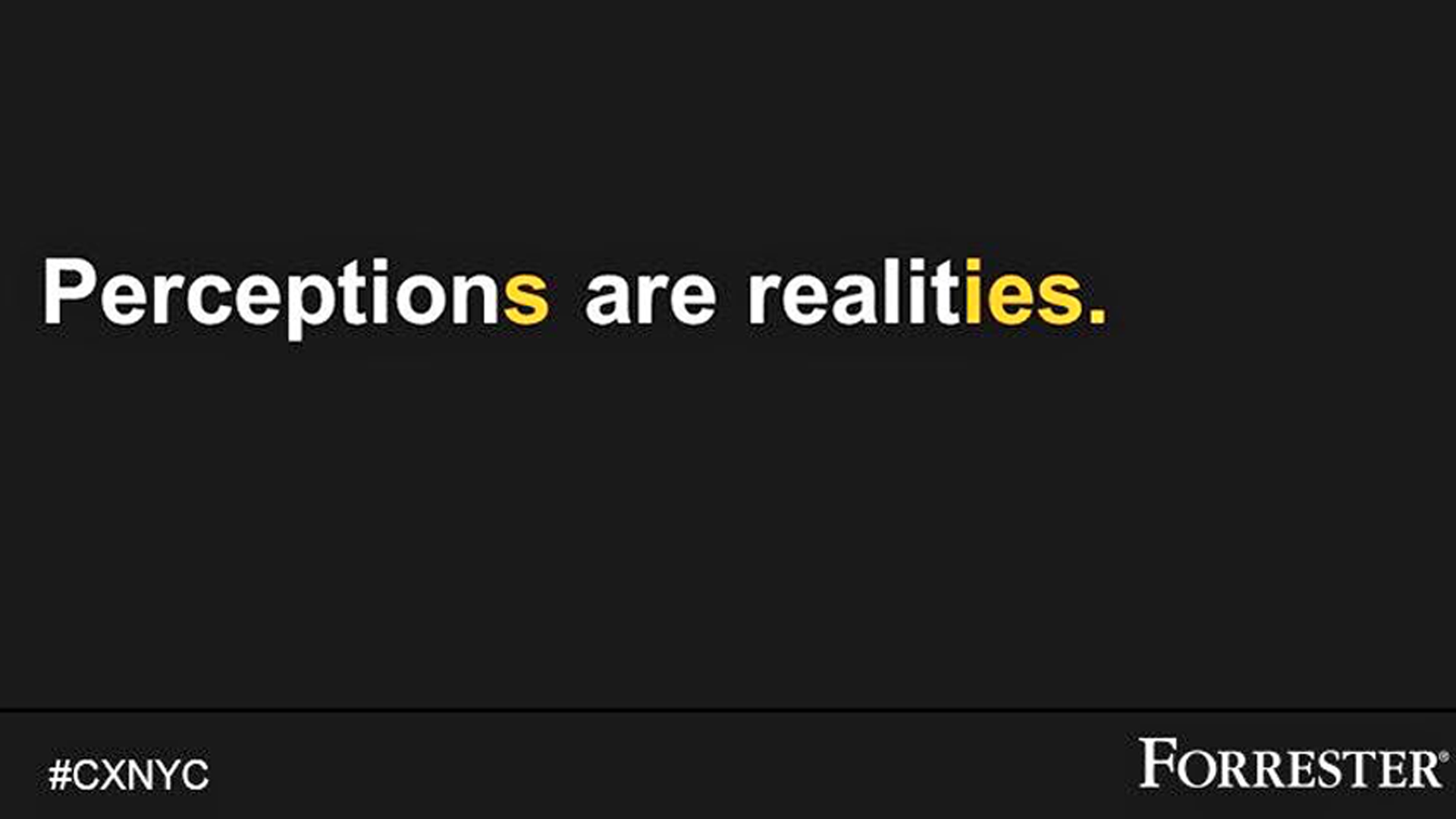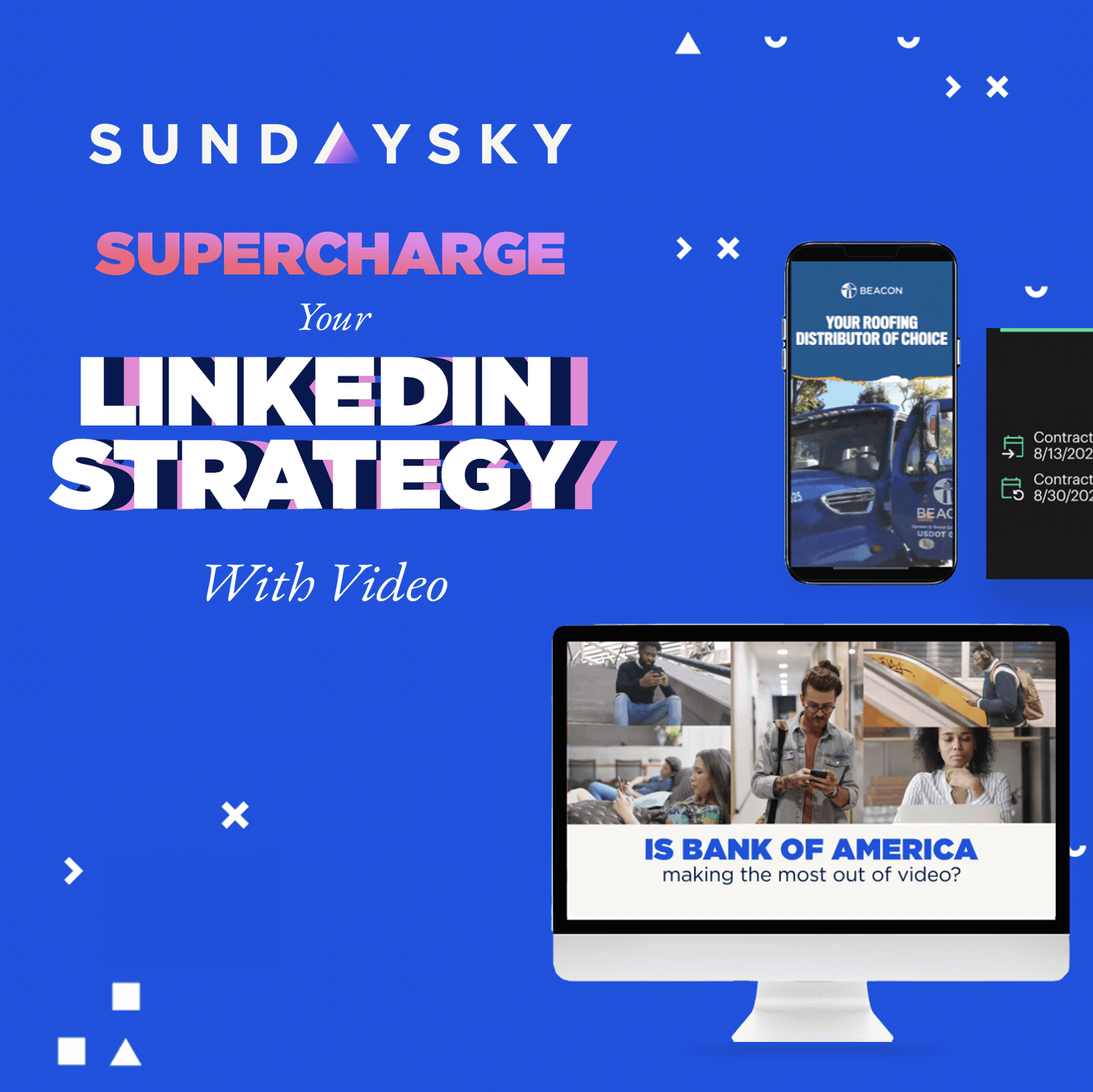In the last week, Amazon bought Whole Foods and launched Prime Wardrobe. Are either of these moves surprising to you? Likely not if you are as obsessed with your customers as Amazon is. This was not merely a play to merge offline brick-and-mortar shopping with its digital business into one omnichannel retail union, but rather the next step for the brand who is focused on putting its customers at the core. It’s the type of play that breakaway customer experiences are made of, and a perfectly timed market move to be the topic of conversation at Forrester’s Customer Experience Forum this week in NYC.
Perceptions are realities, and define customer experiences.
The devil is in the details when it comes to customer experience; it is all about the tiny nuances that make or break customers’ perceptions of your brand. Is the customer waiting on hold or in line for more time than is acceptable to him? Does she have to login to your website to re-order a recurring product, or did she just ask Alexa to “buy more paper towels”?
How customers perceive their interactions with your organization includes how they feel about your brand and the emotions the experiences evoke. One of the recurring themes over the two days is the impactful role that emotion has on customer loyalty, because ultimately how customers feel is what matters most. Negative feelings such as frustration, disrespect and annoyance erode a customer’s relationship and loyalty with your brand. When a customer feels comfortable and confident in the brand, or value and appreciated, positive emotions are evoked.
For instance, Carnival Corporation’s Chief Experience and Innovation Officer John Padgett shared his thesis behind the cruise liner’s new Ocean Medallion: when the brand reduces friction for guests, guests increase consumption in the form of higher spend and more onboard engagement, and ultimately guests’ experiences are maximized. The tiny wearable tracks the guest’s account, digital identity and footprint, replacing wallets, keys cards and tickets for a seamless and personalized experience. At Carnival, guest centricity leveraged across the company’s scale enables a frictionless, easy guest experience at every dimension — online, onboard and at sea.

- Live visualization during sessions captured the key themes and commentary at Forrester CXNYC 2017.
Why emotion and personalization matter for breakaway customer experiences.
Understanding customers’ intentions allows for the business to build and design experiences for an emotional connection, rather than for a demographic or customer segment. Forrester analyst Anjali Lai urged the audience to “bake empathy into digital design” and use technology to amplify and forge a closer, more personal human interaction with customers, when she debunked the myth that technology dilutes emotional experiences.
Alexandra Cavoulacos, co-founder and COO of millennial job site The Muse, also agreed and emphasized the need for human-to-human connection in customer experience. Every job seeker is looking to be found, appreciated and desired when on the career hunt, but because each person’s profession is tightly tied to her identity, the wrong experience can evoke negative feelings such as frustration or annoyance.
Likely the other primary industry that is built on a person’s unique identity is healthcare. Todd Walthall, SVP of Customer Experience, shared why Blue Shield of California’s customer experience needs to be personal, and what that means to the business. His focus on creating a service worthy of family and friends means personalizing every interaction with its members built on digital connection and completely taking caring of every member as a person first while helping them navigate any complexities.
Every sector — from travel to recruiting to healthcare — needs to obsess about it’s customers rather than waiting for Amazon to raise the bar on customer experience expectations for them. How a brand engages customers across every lifecycle touchpoint is what matters most as part of a customer experience strategy, and will determine how your business and brand will be remembered.







